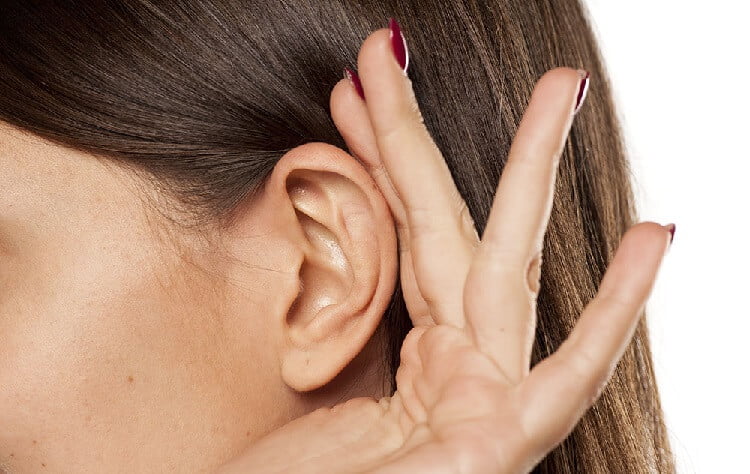By David Nield | Science Alert
Hearing loss is usually irreversible because there’s no way to grow back the necessary outer and inner ear sensory cells once they’ve been killed off. But we may have started on the path to change, thanks to new research in mice.
Scientists have discovered a single master gene that’s able to regulate whether ear hair cells into the outer or inner types required to restore hearing. That’s a significant step forward in being able to actually carry this out in the lab.
The master gene is called TBX2. Through experiments on mice, the team found that when it’s expressed, ear hair cells become inner hair cells; when it’s blocked, ear hair cells become outer hair cells. It’s a crucial toggle switch.
“Our finding gives us the first clear cell switch to make one type versus the other,” says neuroscientist Jaime García-Añoveros from Northwestern University in Chicago. “It will provide a previously unavailable tool to make an inner or outer hair cell. We have overcome a major hurdle.”
As the researchers look to translate their findings into an actual workable cell development process, a “gene cocktail” will be required: the ATOH1 and GF1 genes to make a cochlear hair cell from a non-hair cell, and TBX2 to pick an outer or inner hair cell. Also playing a part is INSM1, a transcription factor important for the creation of outer hair cells.
Right now, it’s possible to produce an artificial hair cell in laboratory conditions, but because it can’t differentiate into inner or outer cells there are issues with their ability to produce hearing
As sound waves hit the ear, the outer hair cells expand and contract in response to the pressure – the sound is then amplified for the inner hair cells, which transmit the vibrations into signals to the brain.
Without this sophisticated dance of microscopic cells, hearing doesn’t happen. The death of outer hair cells, which are developed in the embryo and don’t reproduce, is the most common cause of deafness and hearing loss.
“We can now figure out how to make specifically inner or outer hair cells and identify why the latter are more prone to dying and cause deafness,” says García-Añoveros.
The death of outer hair cells can be down to aging or repeated exposure to loud noise, as well as due to some treatments for diseases like cancer. According to the Centres for Disease Control (CDC), about 8.5% of US adults aged 55-64 have disabling hearing loss.
That figure rises to nearly 25% for those aged 65-74 and 50% for those aged 75 and above. This new gene discovery offers hope that the required hair cells can be grown back, that they’re not gone forever.
The team behind the study emphasizes that the research is still at an experimental stage, and there’s quite a way to go before these findings can be put to use. For us, it’s also another reminder of just how incredibly complex and fascinating the human body is – right down to the ear hairs.
“It’s like a ballet,” says García-Añoveros. “The ear is a beautiful organ. There is no other organ in a mammal where the cells are so precisely positioned.”
The research has been published in Nature.
This article was originally published by Science Alert.

